Western Australia State Maritime Environmental Emergency Response (MEER) Exercise
The Exercise Ningaloo Challenge was led by Western Australia (WA) Department of Transport (DoT), under the auspices of Quadrant Energy in September 2017.
A key objective of the exercise was to validate the response arrangement detailed in WA DoT’s Offshore Petroleum Industry Guidance Notes, which provide a structured framework to enable an integrated cross jurisdiction response to a ‘Level 3 Marine Oil Pollution’ incident comprising multiple stakeholders. Quadrant Energy was invited to demonstrate their capability to co-manage the response.
Background
The scenario was based on a Level 3 Marine Oil Pollution incident arising from a loss of well control in the Van Gogh fields, situated in Commonwealth waters off Western Australia. Consequently, oil entered State waters following a prolonged release of hydrocarbons and impacted shorelines along Exmouth.
With an overarching framework provided by the National Plan for Maritime Environmental Emergencies, key response plans at various levels were tested. These included:
- WESTPLAN – Marine Oil Pollution (State Hazard Plan);
- WA DoT Oil Spill Contingency Plan (OSCP); and
- Quadrant Energy’s Oil Pollution Emergency Plan (OPEP)
Resources ‘activated’ (no physical movement) during the exercise were commensurate with the scale of the incident, such as
-
Personnel and equipment held by Australian Marine Oil Spill Centre (AMOSC), the local Tier 2 response organisation;
-
Dispersant stockpile stored under the National Plan
-
Fixed Wing Aerial Dispersant (contracted to AMSA) with an estimated 3 tonnes capacity
-
Technical Advisors from OSRL, supported by the Duty Team in Singapore
-
Industry mutual aid resources from other operators such as the AMOSC core group.
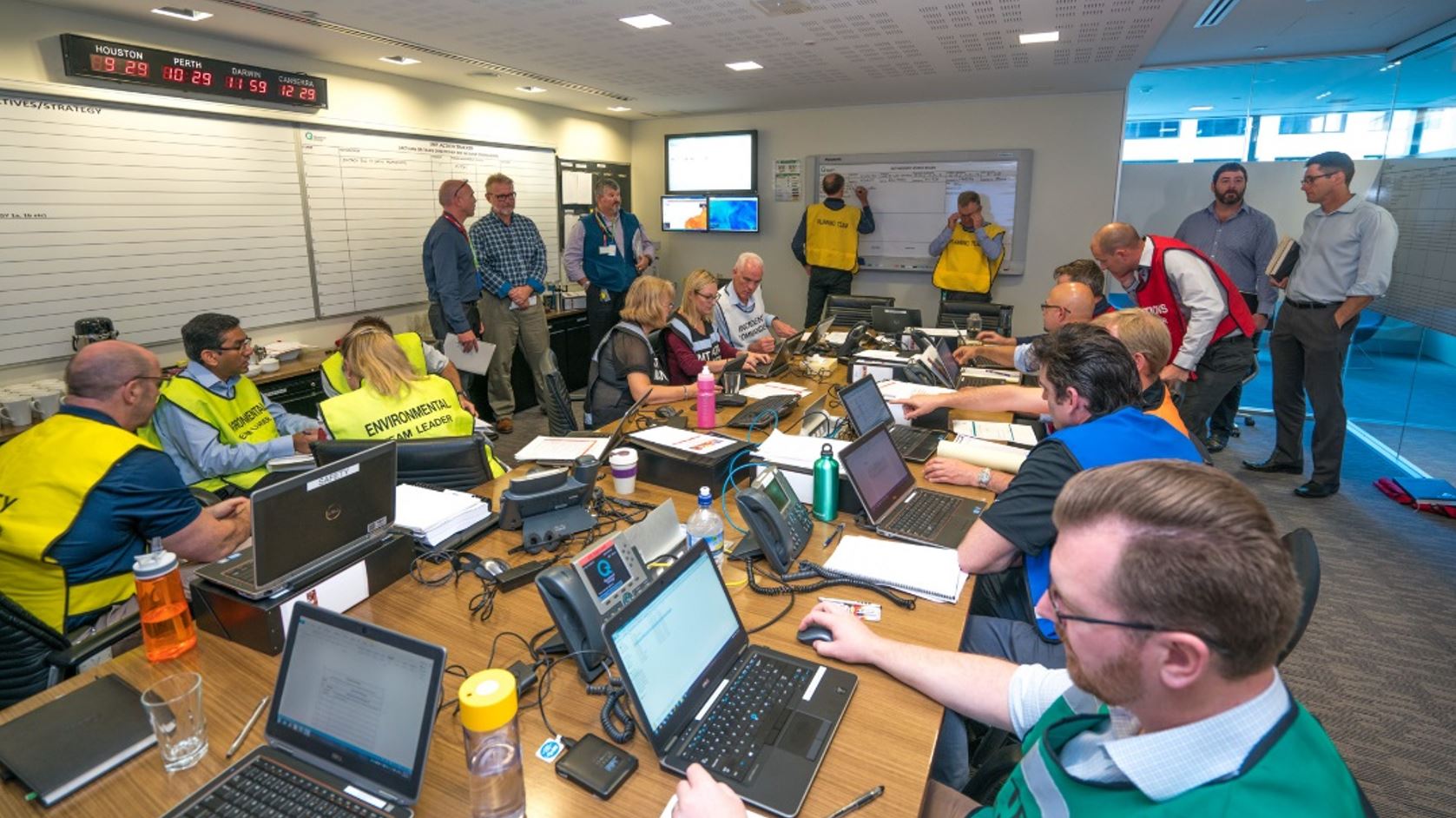
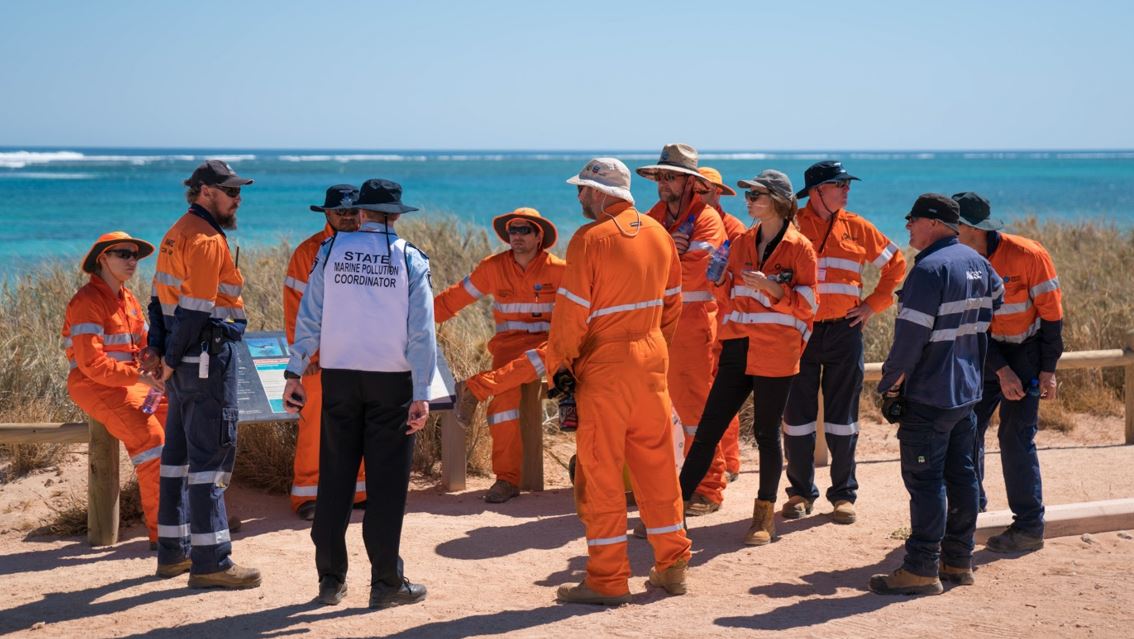
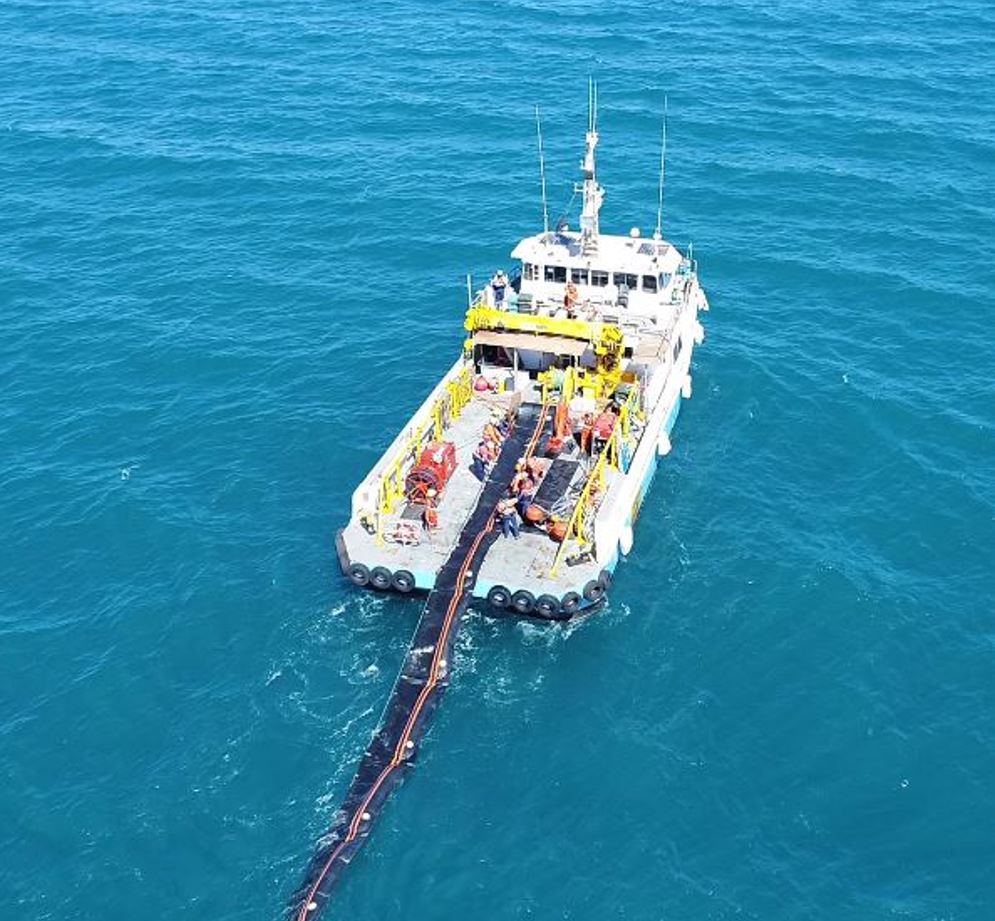
Exercise Challenges
The scenario required a response comparable to major well control incidents the industry has seen in recent years, and perhaps unprecedented in Australia. Access to available response equipment and technical expertise is crucial to a fast and effective response.
The situation was complicated by the need to manage concurrent but independent operations by a relatively small Incident Management Team (IMT). The IMT faced the challenge of coordinating source control operations while responding to escalating demands of the incident.
To counter the challenges, a coordinated IMT, led by Quadrant Energy and WA DoT, was set up to manage the different response operations in their respective jurisdictions as oil crossed over from Commonwealth and State waters. Response resources, particularly, technical specialists, were shared between the two organisations, leading to a spike demand for technical expertise.
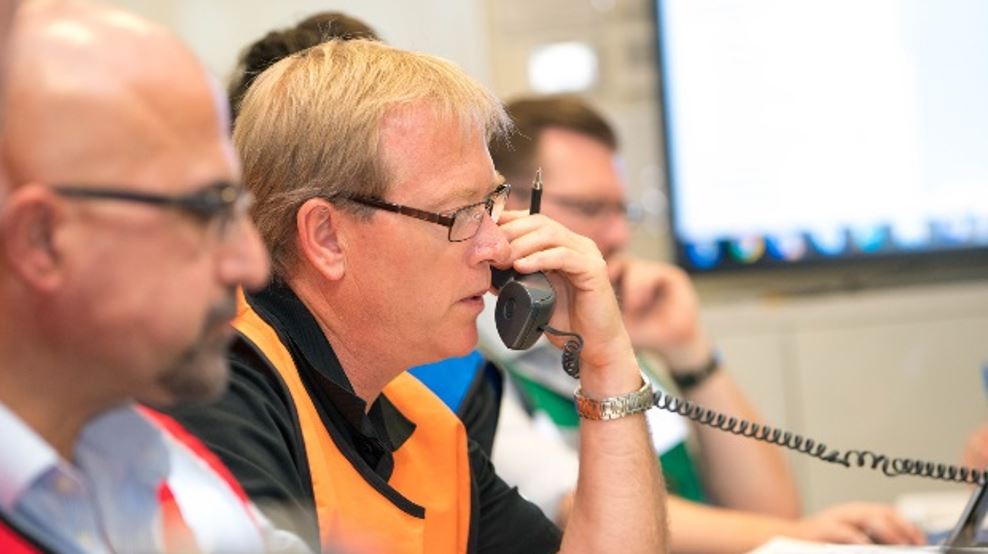
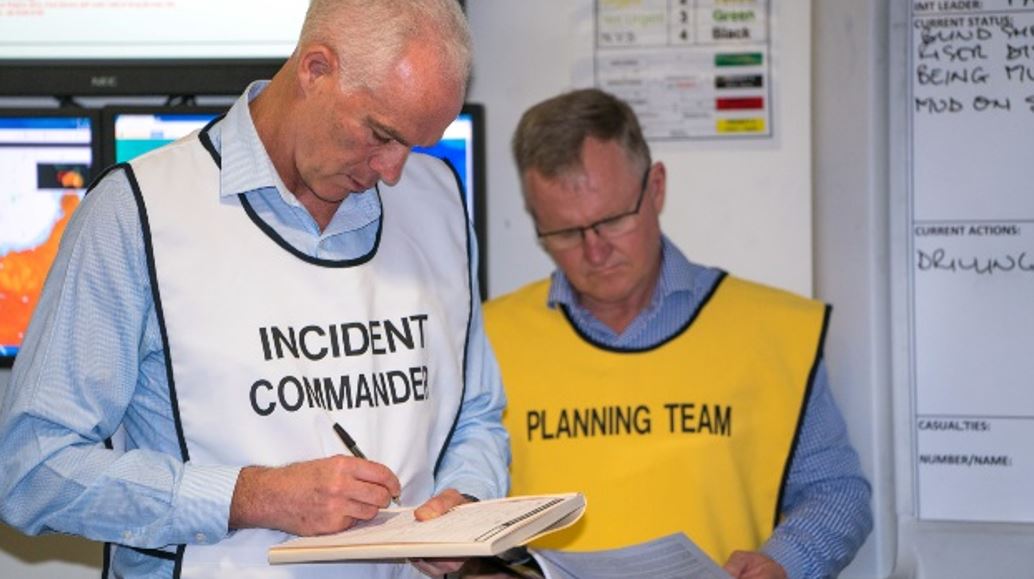
Solution
The revised ‘Tiered Preparedness and Response (TPR)’ framework was applied to provide a rational basis for the mobilisation and cascade of resources. Figure 1 depicts the TPR wheel with 15 specific capabilities that may be required in a response, founded upon a strong Incident Management System (IMS) at its core. Within each segment, the source of capability is denoted either Tier 1, 2 and/or 3.
Figure 1: Tiered Preparedness and Response Wheel (Source: Tiered Preparedness and response: Good practice guidelines for using the tiered preparedness and response framework – IPIECA / IOGP)
Taking the TPR in view, OSRL provided international Tier 3 resources to augment the existing Tier 2 response.
Two Technical Advisors were deployed from Singapore and integrated into the client’s IMT in Perth, Australia. OSRL worked closely with other specialist contractors and provided support in on-water operations, safety, resource planning (logistics) and technical support.
As oil entered State waters, WA DoT established an IMT in Fremantle, Australia to manage the response on the shoreline of Exmouth. The overall control and coordination structure for a cross jurisdiction incident is illustrated in Figure 2.
A Joint Strategic Coordination Committee was established to facilitate coordination between the two control agencies i.e. Petroleum Titleholder and WA DoT.
This was done to ensure:
-
Consistency on shared understanding and outward communication; and
-
Deconflict of priorities and resource needs
Figure 2: Overall Control and Coordination Structure - Cross Jurisdiction
To facilitate communication and resource planning, the Petroleum Titleholder dispatched representatives (including technical experts from Tier 2 and 3 response organisations) to support the WA DoT IMT.
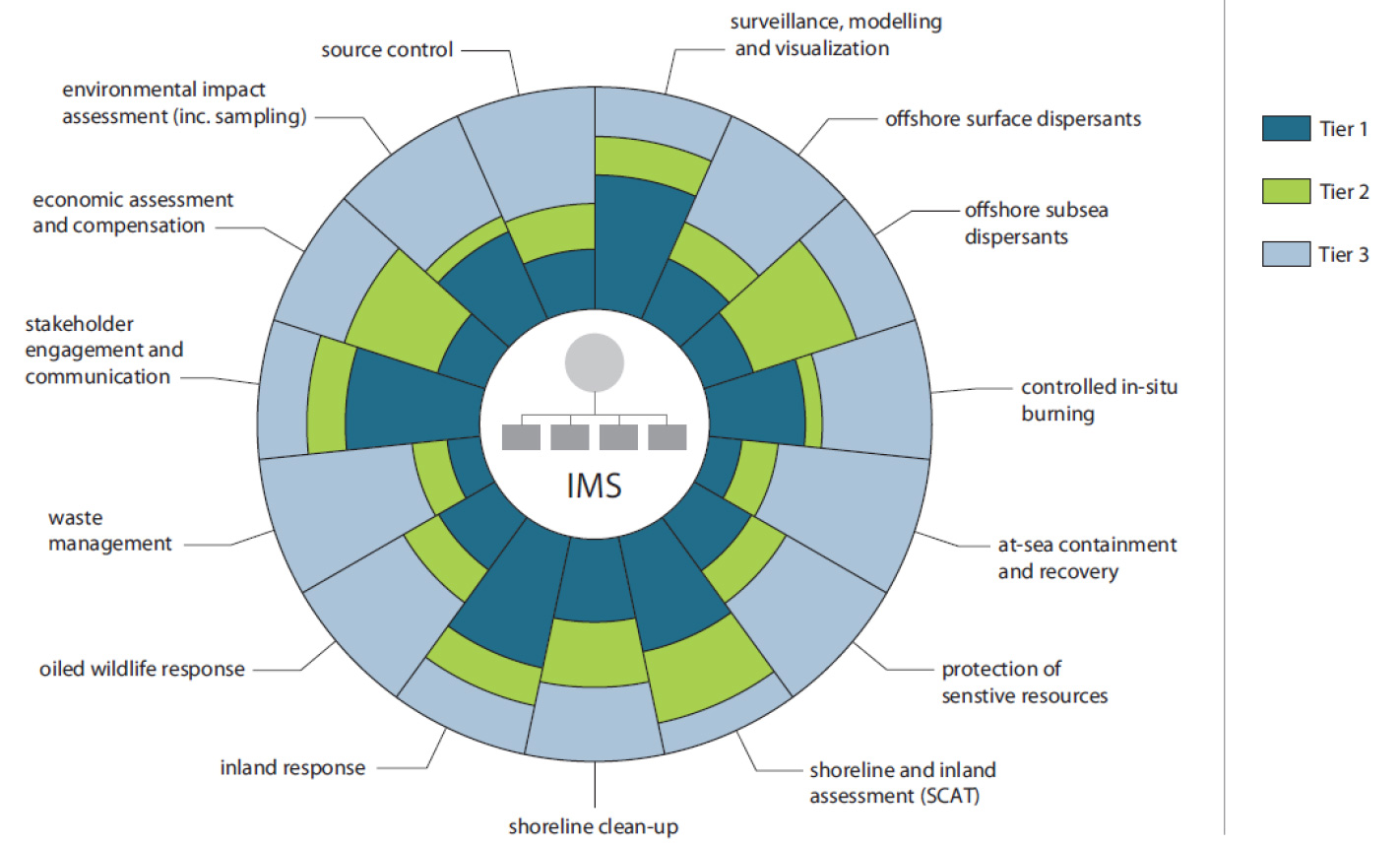
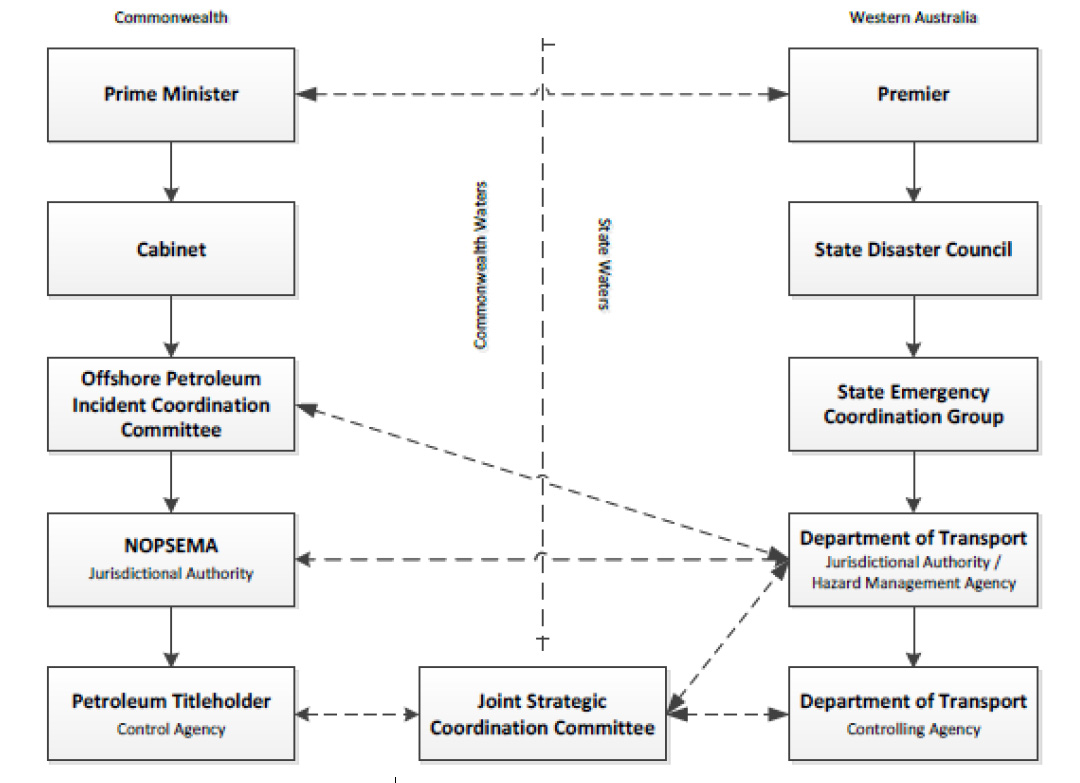
Results
With a good understanding in Incident Command System (ICS) – typed management structures, OSRL Technical Advisors integrated into the IMT of Quadrant Energy and WA DoT readily, and provided the planning support required. Together with local logistic contractors, the Technical Advisors worked to mobilise key response resources globally to Exmouth, Australia.
A key outcome of the exercise was the validation of logistics required to mobilise the Global Dispersant Stockpile (GDS) which Quadrant Energy has subscribed to; GDS was activated in addition to the National Stockpile in Australia and supplies from AMOSC.
To facilitate forward planning by the IMT, a ‘dispersant burn- plan’ was developed by OSRL to ascertain the sustainability of dispersant supply in Australia.
Working with the local logistics contractor, OSRL Technical Advisors simulated the mobilisation of GDS from our global bases and warehouses to Australia, ensuring sufficient supply in-country. Through OSRL’s network, suppliers were informed to ramp up production of approved dispersants. Both OSRL’s Hercules C-130 and B727 were deployed (simulated) to the incident site to enhance the aerial dispersant application capability in-field.
Further to the above, the simulated deployment of OSRL response personnel and equipment also took place to support at-sea containment & recovery, shoreline clean-up assessments, and other shoreline operations.
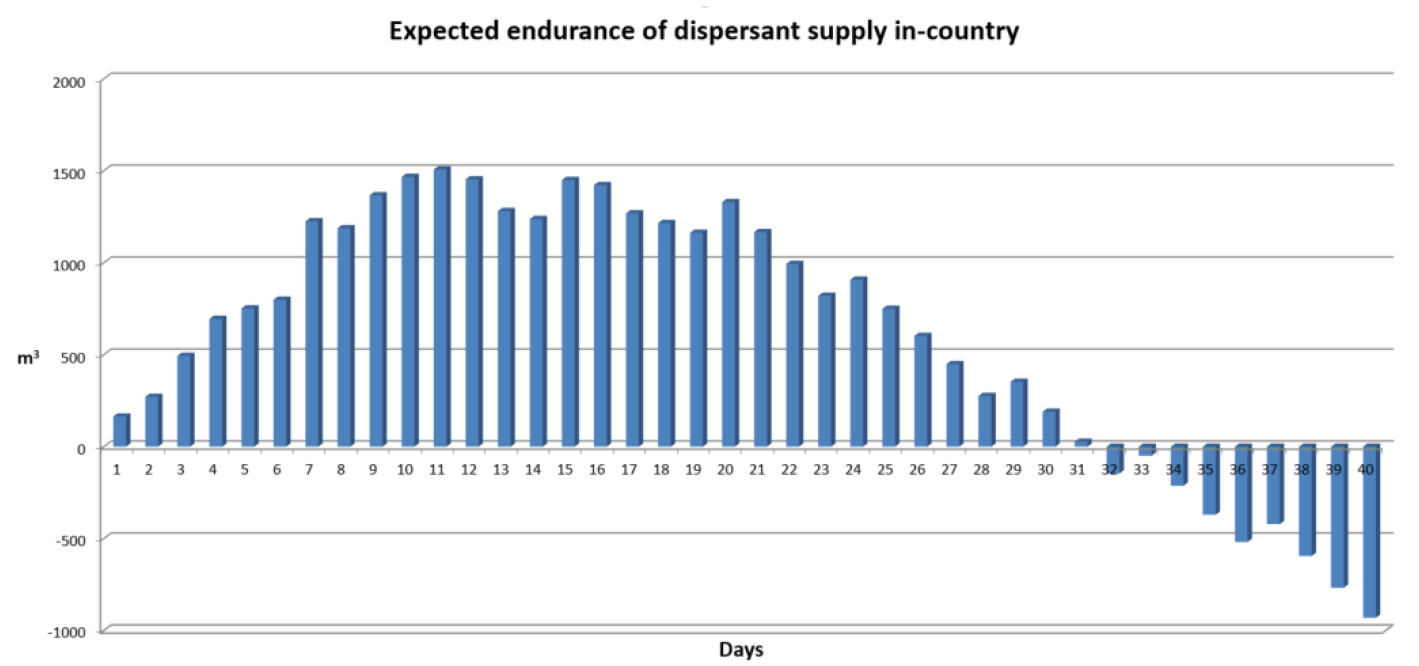
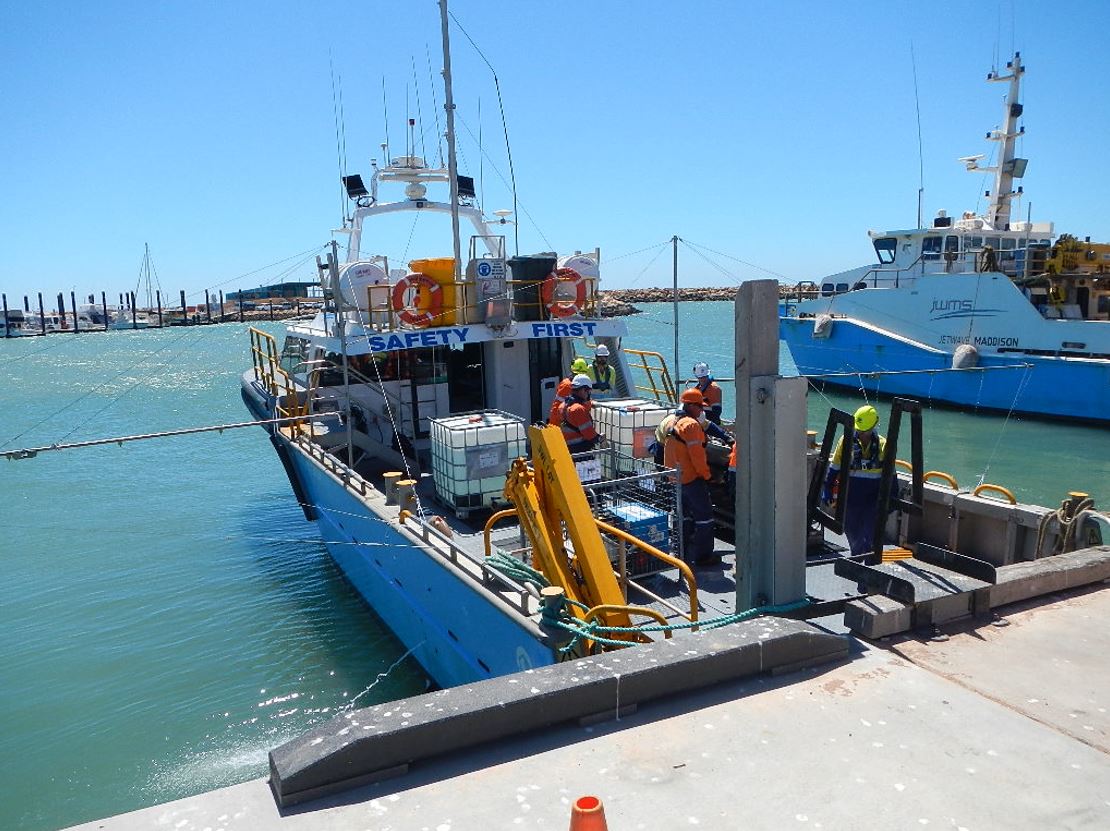
Conclusion
Exercise ‘Ningaloo Challenge’ demonstrated the need for response integration in a coordinated government-industry effort to manage a Level 3 Marine Oil Pollution incident.
The exercise also validated the ‘Tiered Preparedness and Response’ concept; good foundation in IMS (or equivalent type of management structure) sits in the core of an effective and efficient response, to enable comprehensive resource management to tackle different facets of an incident.
The response philosophy of “grow big quick” is particularly apt in the initial response to such an incident. While all available response resources are mobilised locally, the question of sustainability looms as fatigue and unpredictability exacerbates the situation. Early activation of OSRL’s resources into the field brings greater certainty and support to the IMT, and instils confidence in the stakeholders.
Towards the end of the exercise, various suggestions from participants were captured for further improvement. OSRL will continue to work with the client to enhance oil spill preparedness and response in the industry.
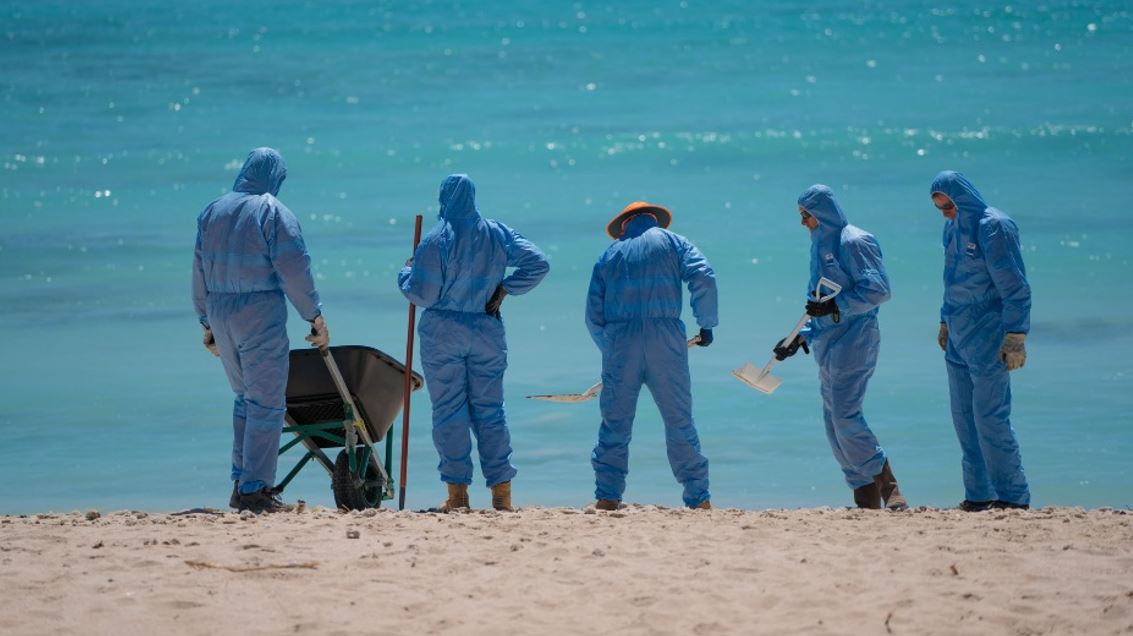
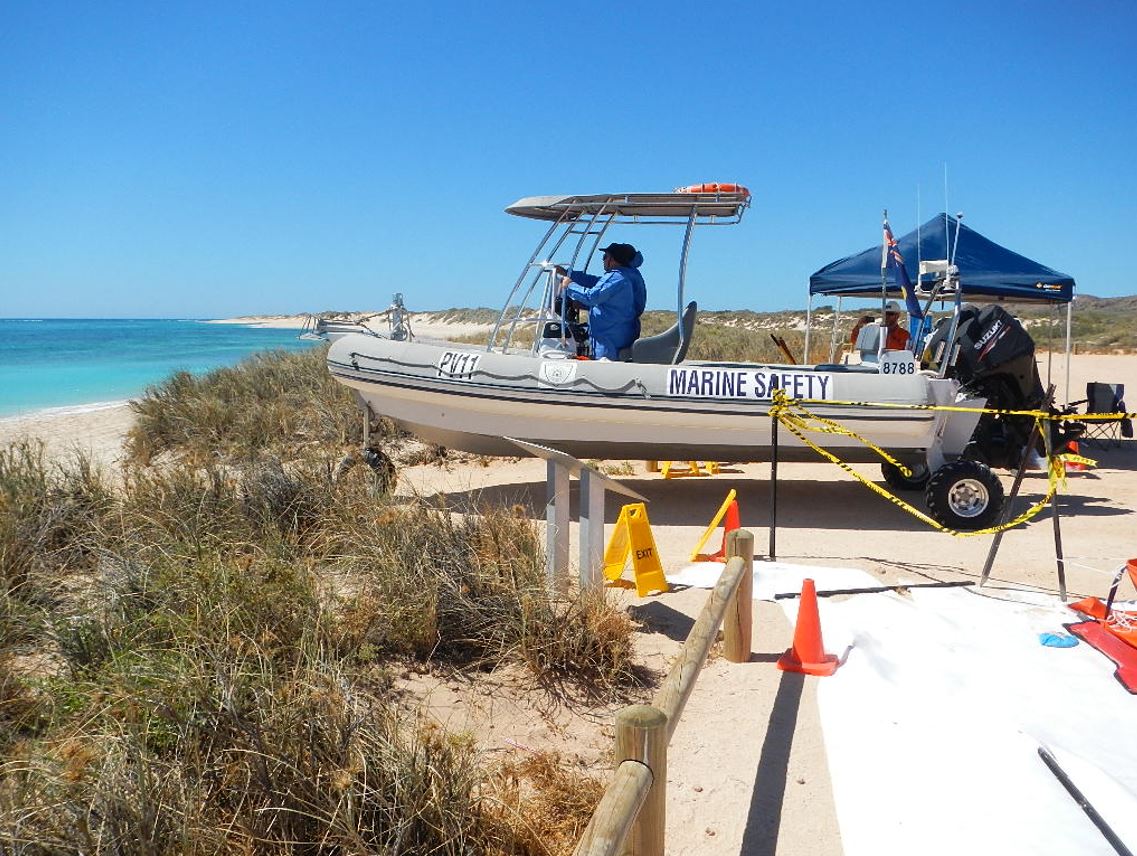
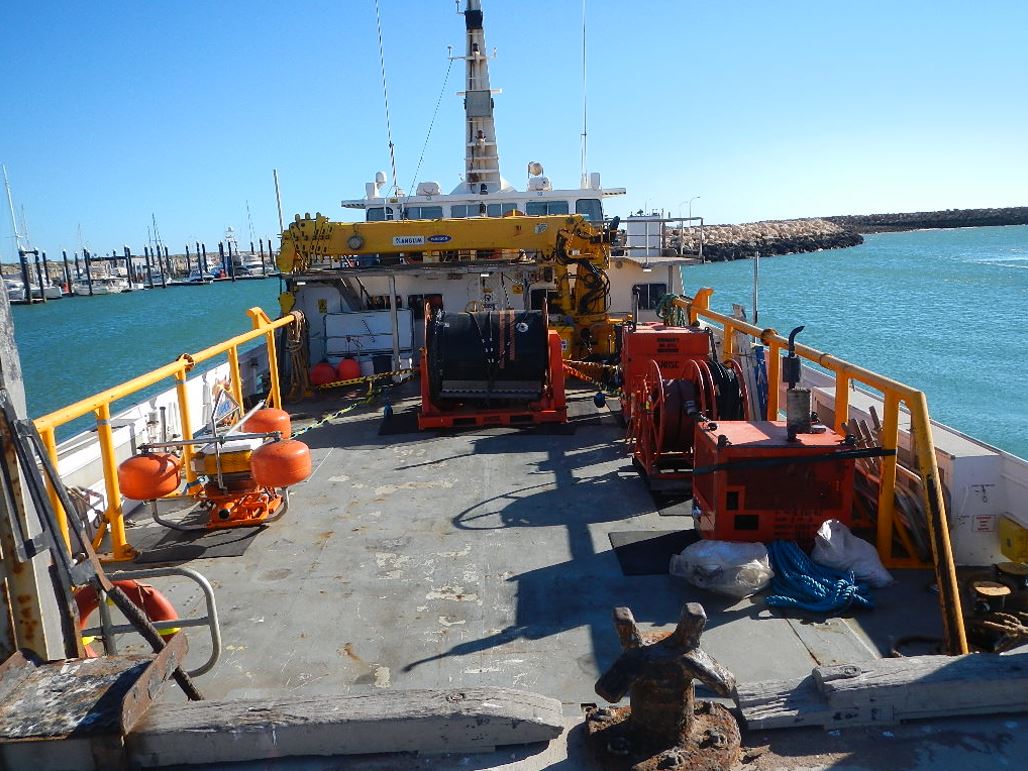
Need to test and improve your preparedness and response capability?
Well designed exercises test response capabilities including plans, people, equipment and systems. Develop your exercise and planning programme today or join us in one of our scheduled exercises!







